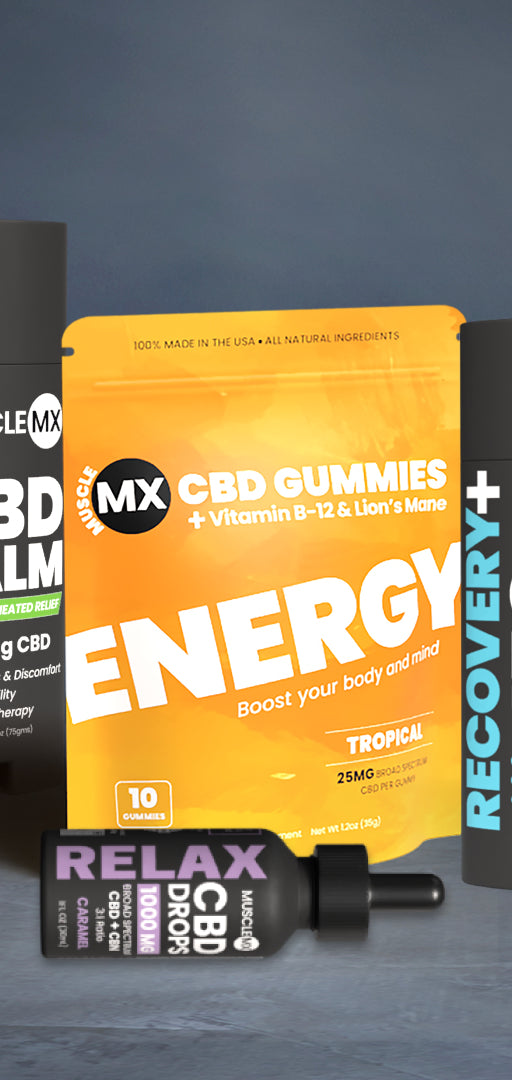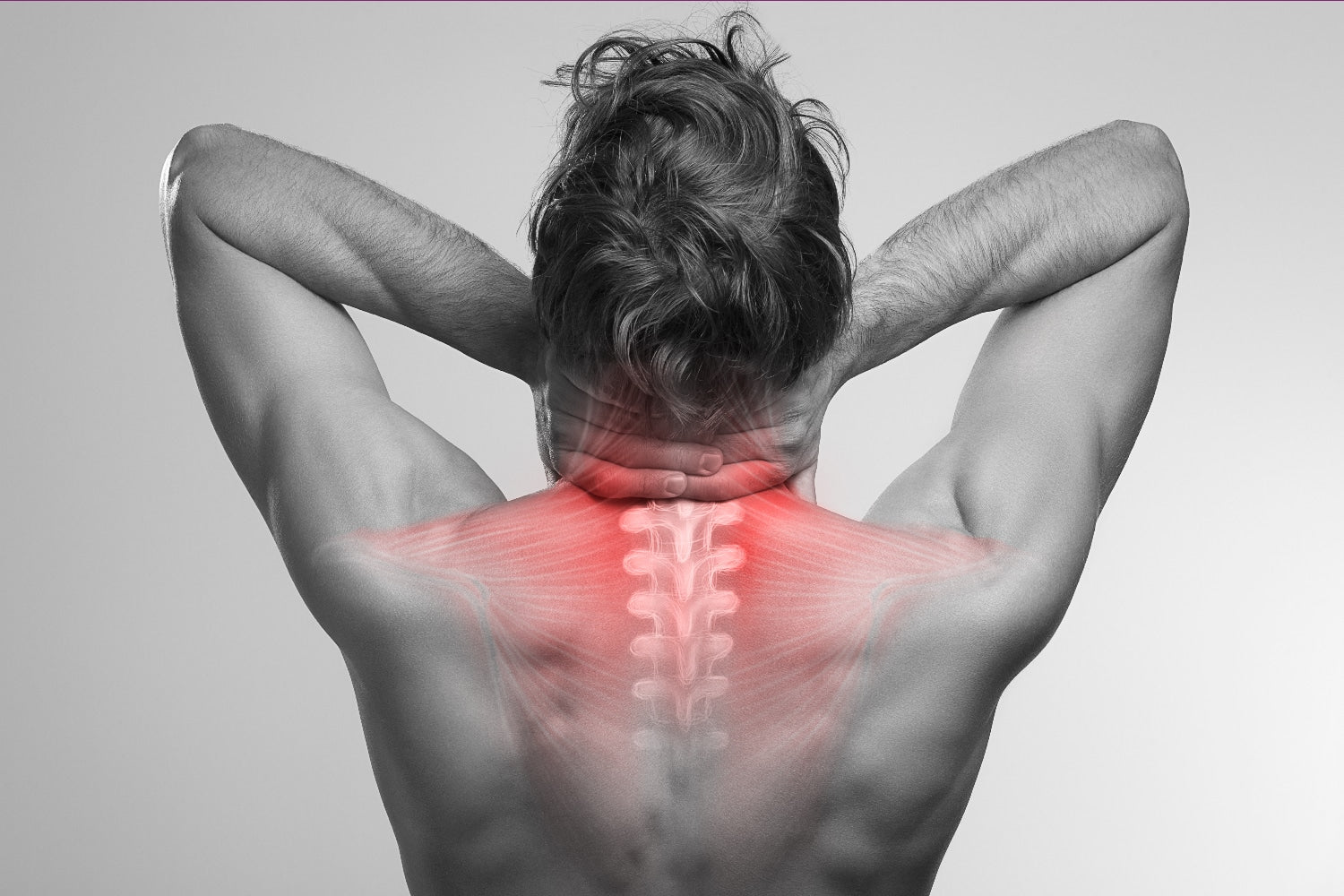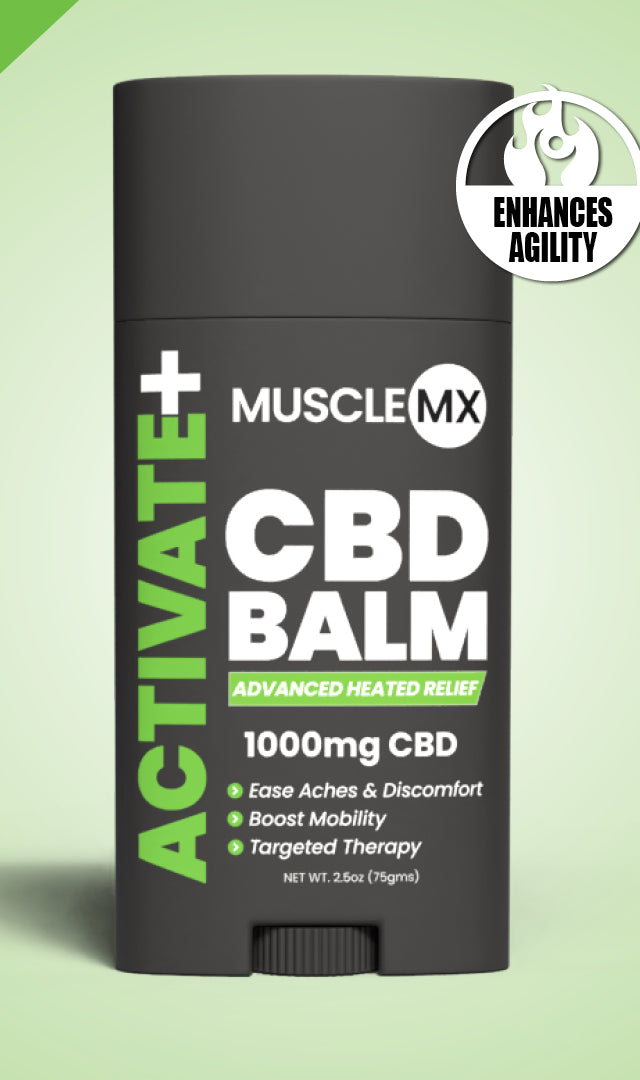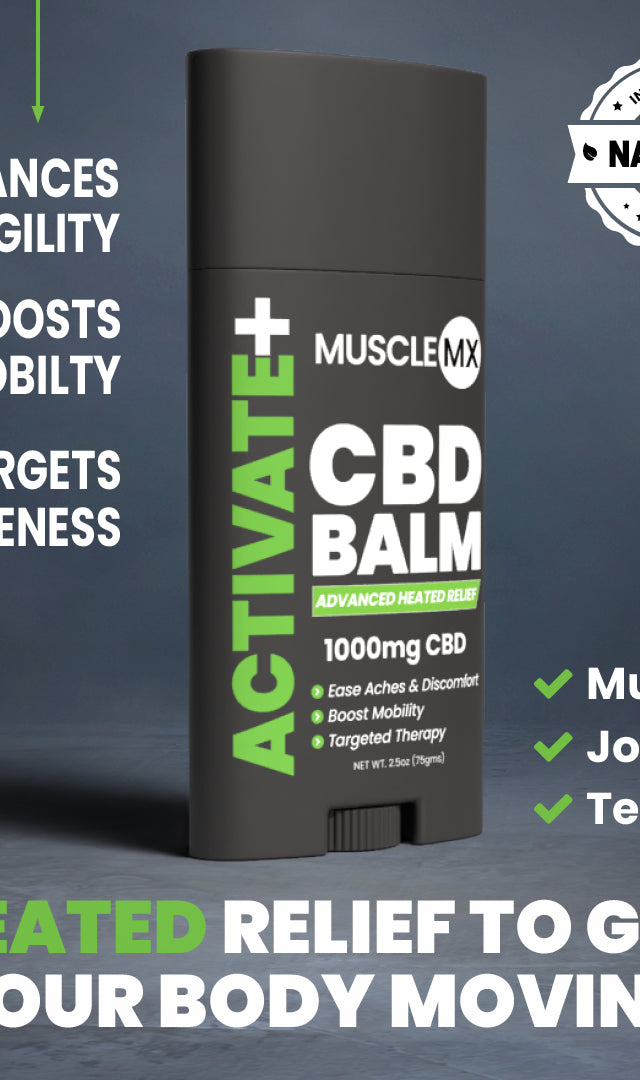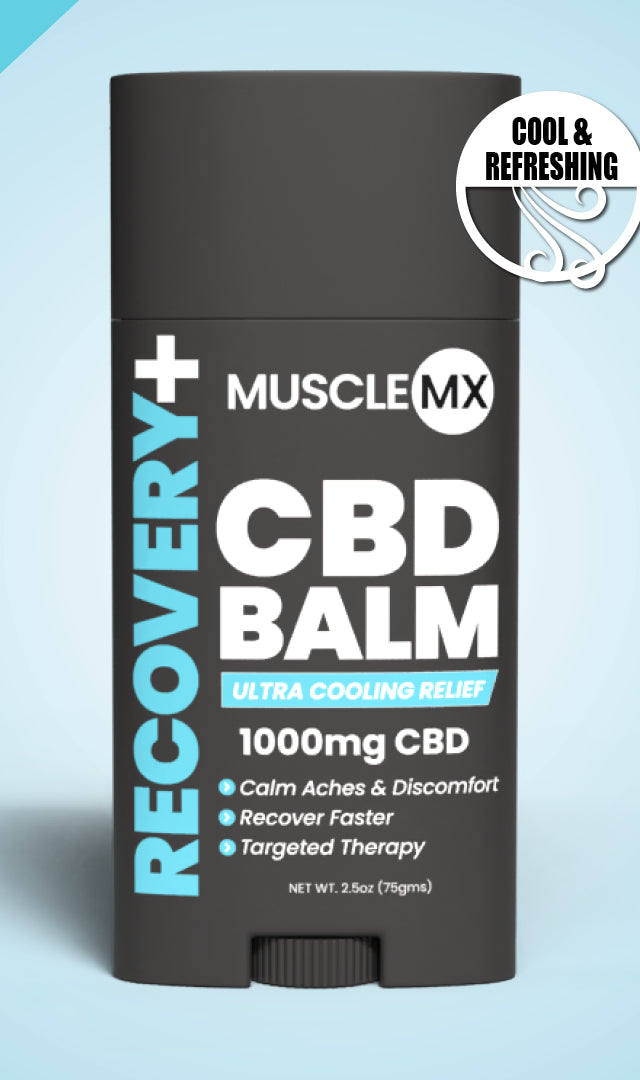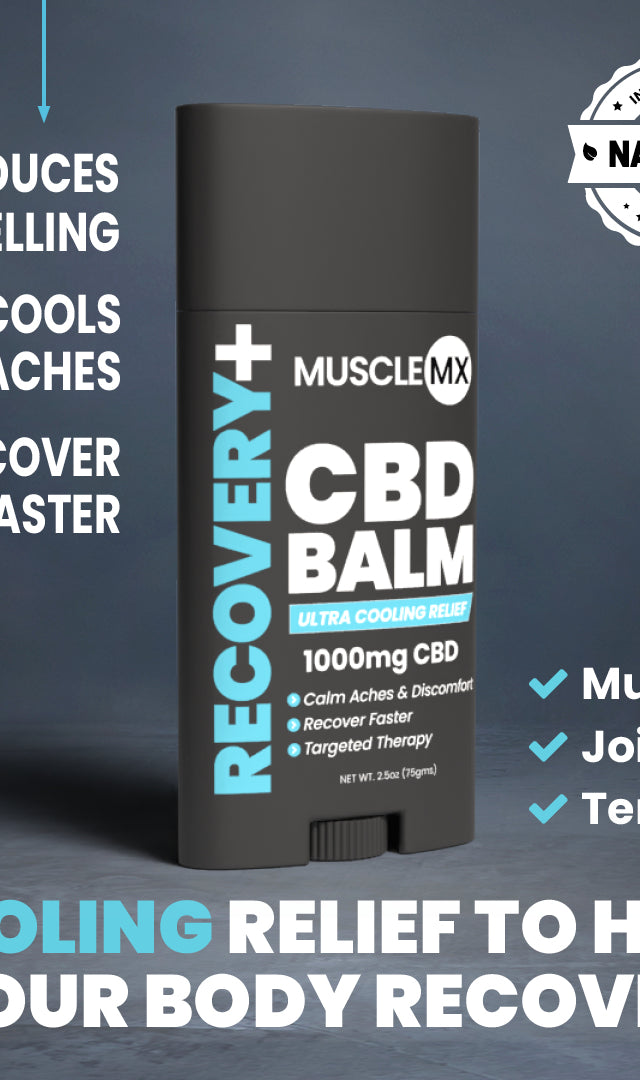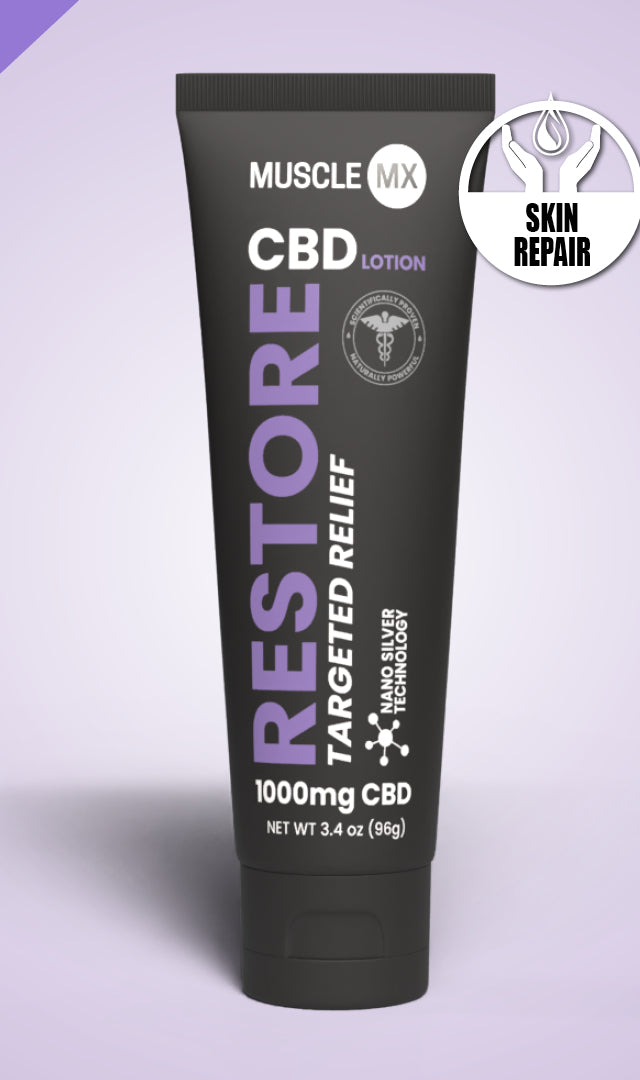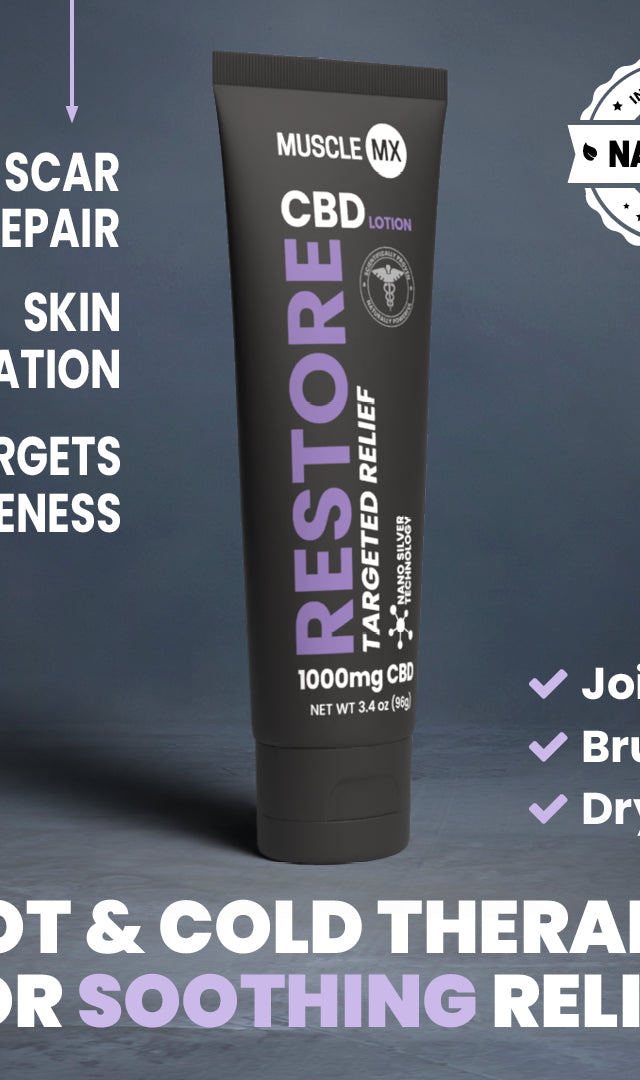What Are the Treatment Options for Upper Back Pain Relief?
 Just like lower back pain, when it comes to upper back pain, there's a whole arsenal of treatments available, each tailored to relieve the discomfort and improve overall spinal health. Treating back pain requires a toolbox full of different tools, each designed to tackle a specific problem and help you get back to your best self. With the guidance of a licensed medical specialist, you can find the right treatment plan that works for you and provides the relief you need to get back to your daily activities with ease. Just like lower back pain, when it comes to upper back pain, there's a whole arsenal of treatments available, each tailored to relieve the discomfort and improve overall spinal health. Treating back pain requires a toolbox full of different tools, each designed to tackle a specific problem and help you get back to your best self. With the guidance of a licensed medical specialist, you can find the right treatment plan that works for you and provides the relief you need to get back to your daily activities with ease.
Pain Medications
Over-the-counter pain medications, such as ibuprofen, naproxen, acetaminophen, Aleve, and Tylenol, can relieve the discomfort associated with upper back pain. These medications reduce inflammation, increase blood flow, and provide pain relief. However, it is essential to note that pain medications should only be used as directed and that prolonged use can lead to unwanted side effects.
Home Remedies
In addition to pain medications, individuals can also try home remedies to alleviate upper back pain. Deep breathing exercises can help improve posture, increase blood flow, and relieve tight muscles. Gentle stretching can also help improve posture and increase mobility in the thoracic spine.
Physical Therapy
Hands-on physical therapy is a highly effective approach to upper back pain relief. This type of therapy begins with a consultation with a licensed physical therapist, who will thoroughly assess the individual's symptoms and medical history. Based on this assessment, the physical therapist will develop a personalized treatment plan to address the individual's needs. A physical therapy program for upper back pain may include:
-
Foam Roller Techniques:Foam roller techniques are a standard physical therapy approach for upper back pain relief. These techniques involve using a foam roller to apply pressure to tight muscles, promoting increased blood flow and reducing muscle tension. This technique can help improve mobility in the thoracic spine and relieve middle-back and neck pain.
-
Upper Back Stretches: Upper back stretches are another physical therapy technique to relieve upper back pain. These stretches help improve posture, increase blood flow, and relieve tight muscles in the thoracic spine. Again, physical therapists can guide individuals in performing these stretches, ensuring proper technique and avoiding further injury.
-
Shoulder Roll and Thoracic Extension Exercises: Shoulder roll and thoracic extension exercises are therapy techniques designed to relieve neck and mid-back pain. These exercises help improve posture, increase blood flow, and relieve tight muscles in the thoracic spine. Physical therapists can guide individuals in performing these exercises for their left and right shoulders, ensuring proper technique and avoiding further injury.
-
Daily Activities To Maintain Good Posture: To maintain good posture and prevent chronic pain, individuals can adopt simple daily habits such as maintaining a neutral spine and keeping their back straight while sitting and standing, avoiding prolonged periods of inactivity, and practicing good posture in all daily activities. These habits can significantly reduce the risk of developing upper back pain and promote overall spinal health.
When Should You Seek Medical Advice for Upper Back Pain?
Sometimes, you can manage upper back pain with simple treatments like over-the-counter pain medication and physical therapy. But in some cases, it can be a warning sign of a more serious underlying condition. Therefore, if you experience any of the following symptoms, it is crucial to seek medical advice:
Persistent and Prolonged Pain
Severe pain that refuses to subside, no matter how many over-the-counter remedies or physical therapy sessions you try, is a tell-tale sign of a deeper issue. Imagine feeling as though you're stuck in a vicious cycle, where every effort to find relief only leads to more pain. If you find yourself in this situation, seeking medical advice is crucial to uncover the root cause of your discomfort.
Pain Extending Beyond the Upper Back
When pain spreads from your upper back to your legs or lower back, it's like a red flag waving, signaling that something is wrong. This type of pain often indicates a more complicated issue, such as a herniated disc or spinal stenosis. Typically, a healthcare provider, such as an orthopedic surgeon, can order MRIs, nerve tests, or other imaging studies to uncover the cause of your pain.
Loss of Function
The loss of motor or sensory function in your arms or legs can signify significant nerve damage. It's a sudden and overwhelming change that can be difficult to adjust to, and it should be taken seriously. Seek emergency medical care if you experience sudden weakness or numbness in your extremities.
Unusual Symptoms
The presence of unusual symptoms, such as fever, unexplained weight loss, and upper back pain, can be a sign of an infection, tumor, or other serious condition. However, while unusual symptoms may be alarming, they rarely indicate a life-threatening condition. Therefore, it's always best to avoid caution and contact your healthcare provider if you are experiencing any of these symptoms.
The Power of Pain Relief
Throughout this article, we've uncovered the many causes and symptoms of upper back pain and the various treatments available for relief. With an understanding of what we're up against, we're better equipped to reclaim our lives. At Muscle MX, we believe in empowering individuals with modern science and traditional remedies to optimize their body's performance and lead healthier, more active lives. Our clean and simple products are made with your health in mind and backed by our commitment to quality ingredients and innovative designs. Join us in our quest for discomfort-free living. With our commitment to quality and dependable results, you can trust that our products will help you reach your goals and live life to the fullest. So why wait? Try Muscle MX today and see the difference for yourself. Sources: The dangers of sitting: why sitting is the new smoking | Better Health Foam Rolling: Applying the Technique of Self-Myofascial Release | NASM Spinal Stenosis Symptoms & Causes | NIAMS Herniated disk - Symptoms and causes | Mayo Clinic
|


















